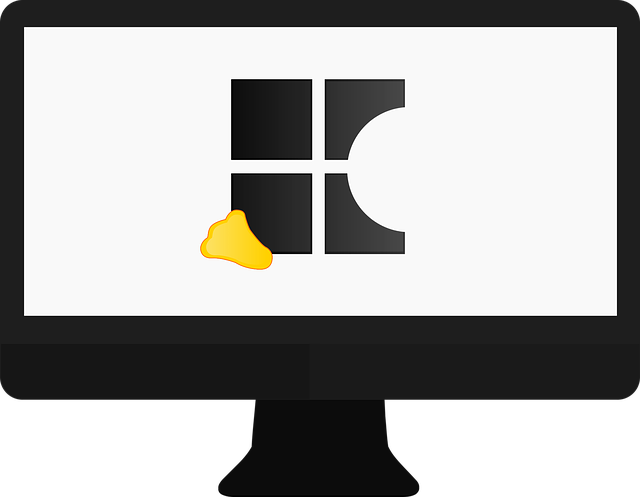Proxmox: The Ultimate Virtualization Platform for System Administrators
Virtualization is becoming an essential tool in modern computing, allowing system administrators to create and manage multiple virtual machines on a single physical server. This not only saves money on hardware costs but also makes managing and scaling complex systems much easier.
When it comes to virtualization, Proxmox is a name that comes up frequently in discussions among system administrators. In this article, we’ll explore Proxmox and why it has become a go-to choice for virtualization needs.
What is Proxmox?
Proxmox is an open-source virtualization platform that combines container-based virtualization with full virtualization using KVM (Kernel-based Virtual Machine). It is a powerful, lightweight, and easy-to-use solution that allows you to run multiple virtual machines on a single physical server.
It was first released in 2008 and has since gained a large following in the IT community due to its stability, security, and flexibility. It is based on Debian, a popular Linux distribution, and its core is made up of a modified Linux kernel and a modified version of KVM.
Why Proxmox is a Popular Choice for System Administrators?
There are several reasons why Proxmox is the go-to choice for system administrators when it comes to virtualization. Some of these include:
1. Easy Installation and Management
Proxmox has a user-friendly web-based interface that makes installation and management of virtual machines a breeze. It eliminates the need for command-line knowledge and allows users to easily create, delete, and modify virtual machines as needed.
2. Flexible Storage Options
Proxmox supports various storage options, including local disks, NFS, and Ceph storage. This gives system administrators the flexibility to choose the best storage solution for their specific needs. It also allows for easy migration of virtual machines between different storage types.
3. High Performance
Proxmox uses KVM for full virtualization, which provides near-native performance when running virtual machines. This makes it an ideal choice for resource-intensive applications and workloads.
4. Cost-effective
Proxmox is an open-source platform, meaning it is free to download and use. This makes it a cost-effective solution for businesses and organizations that want to save on virtualization expenses.
5. Active Community Support
Proxmox has a large and active community of users and developers who constantly contribute to its development and provide support to other users. This ensures that any issues are quickly resolved, and there is a wealth of knowledge and resources available for users to tap into.
6. Advanced Backup and Disaster Recovery Options
One of the key features of Proxmox is its advanced backup and disaster recovery options. It allows users to easily backup and restore virtual machines, ensuring that critical data is not lost in case of system failure or disaster.
How to Get Started with Proxmox
Now that you know why Proxmox is a popular choice among system administrators, here are the steps to get started with it:
Step 1: Download and Install Proxmox
The first step is to download and install Proxmox on a physical server or a virtual machine. Proxmox supports both 64-bit and 32-bit architectures, and the installation process is straightforward.
Step 2: Create a Virtual Machine
Once Proxmox is installed, you can use the web-based interface to create a new virtual machine. This can be done by clicking on the “Create VM” button and following the prompts to set up the virtual machine’s specifications.
Step 3: Install an Operating System
After creating the virtual machine, you can proceed to install the operating system of your choice. Proxmox supports a wide range of operating systems, including popular Linux distributions and Windows.
Step 4: Configure Networking
Networking is crucial when it comes to virtualization, and Proxmox allows for easy configuration of network settings for each virtual machine. This includes assigning IP addresses, DNS, and configuring firewalls.
Step 5: Manage Virtual Machines
Once everything is set up, you can manage your virtual machines and their components using the web-based interface. This includes starting, stopping, or restarting virtual machines, changing settings, and monitoring resource usage.
Conclusion
Virtualization has revolutionized the way we manage and scale complex systems, and Proxmox has emerged as a leader in this space. Its ease of use, advanced features, and cost-effectiveness make it a popular choice for system administrators around the world. If you’re looking for a robust and flexible virtualization platform, Proxmox is definitely worth considering.
Frequently Asked Questions
Q: Is Proxmox free to use?
A: Yes, Proxmox is an open-source platform that is free to download and use.
Q: What is the difference between KVM and containers in Proxmox?
A: KVM provides full virtualization, allowing you to run multiple virtual machines with their own instance of the operating system. Containers, on the other hand, share the same operating system, providing a lightweight virtualization option.
Q: Can I migrate existing virtual machines to Proxmox?
A: Yes, Proxmox allows for easy migration of virtual machines from other virtualization platforms.
Q: Is Proxmox suitable for large-scale deployments?
A: Yes, Proxmox can handle large-scale deployments and offers advanced features for managing multiple virtual machines.






